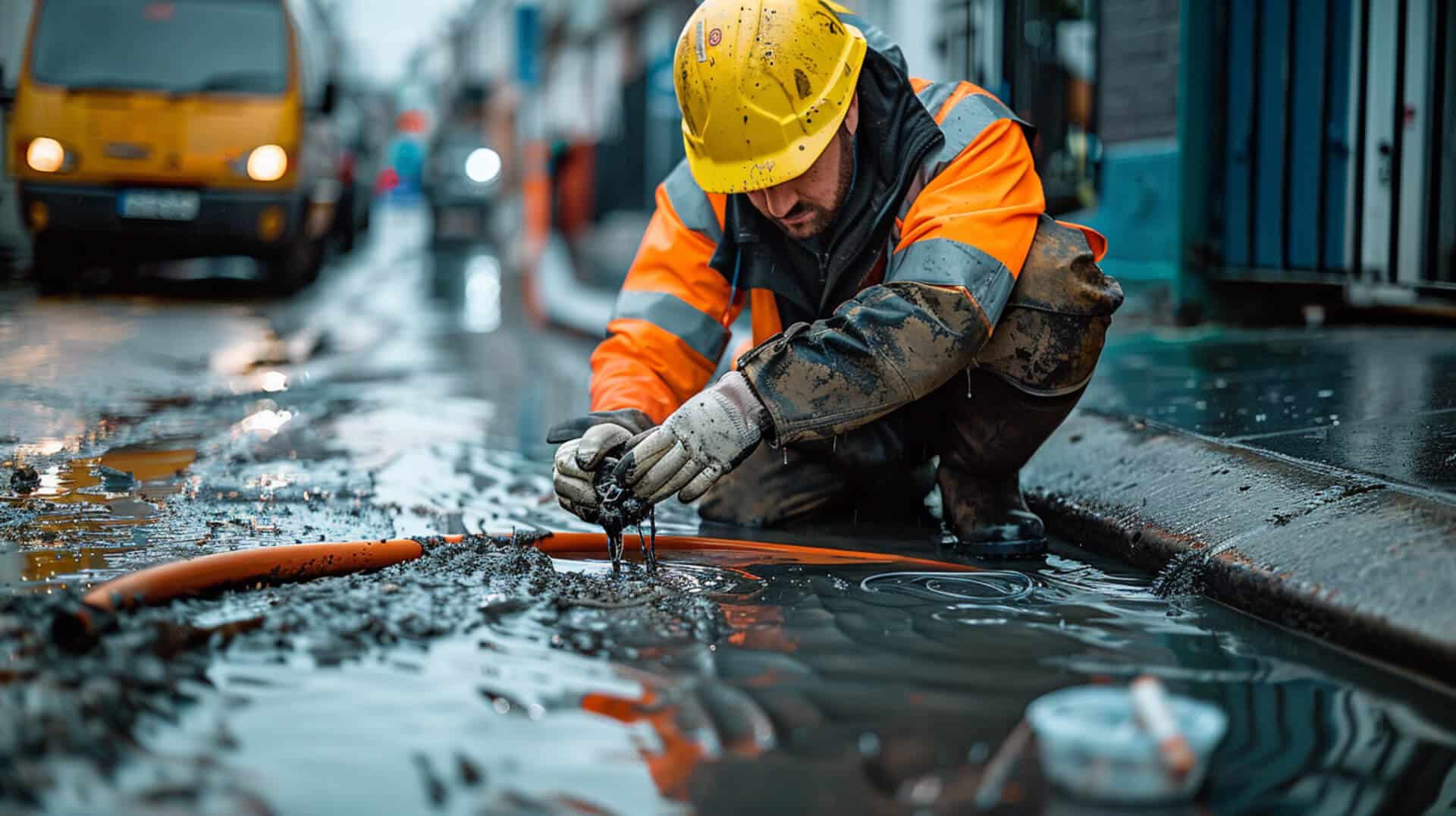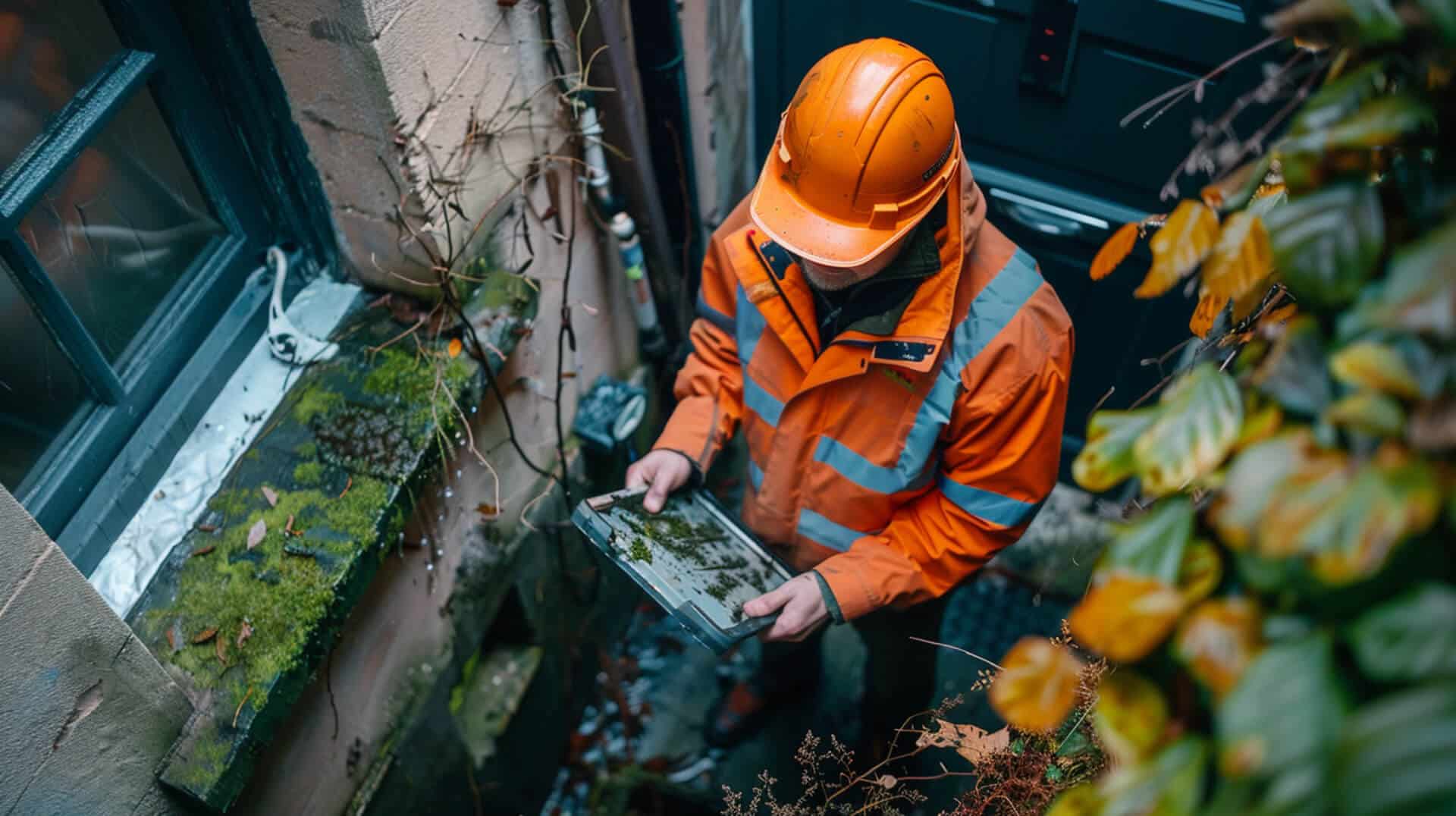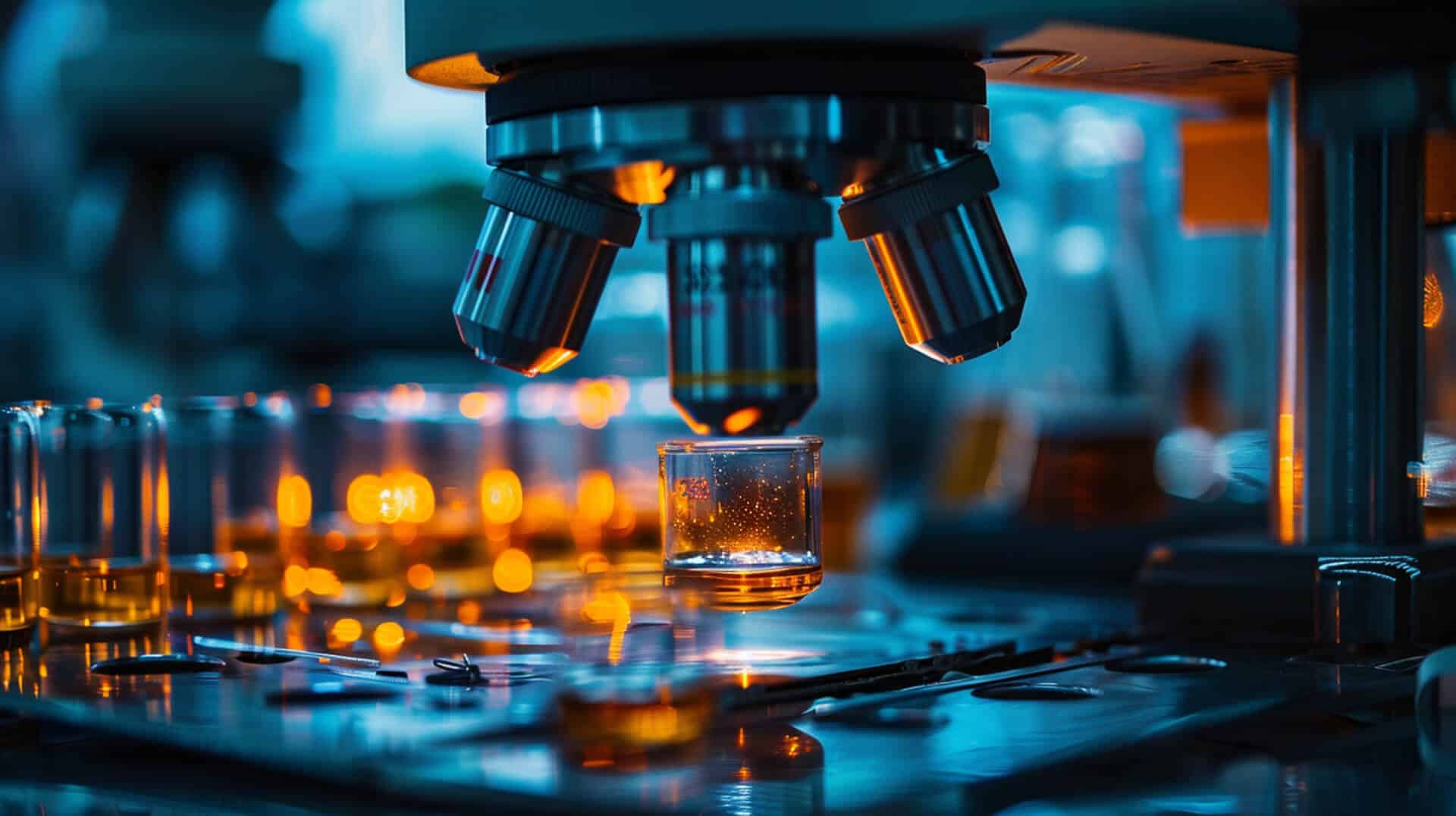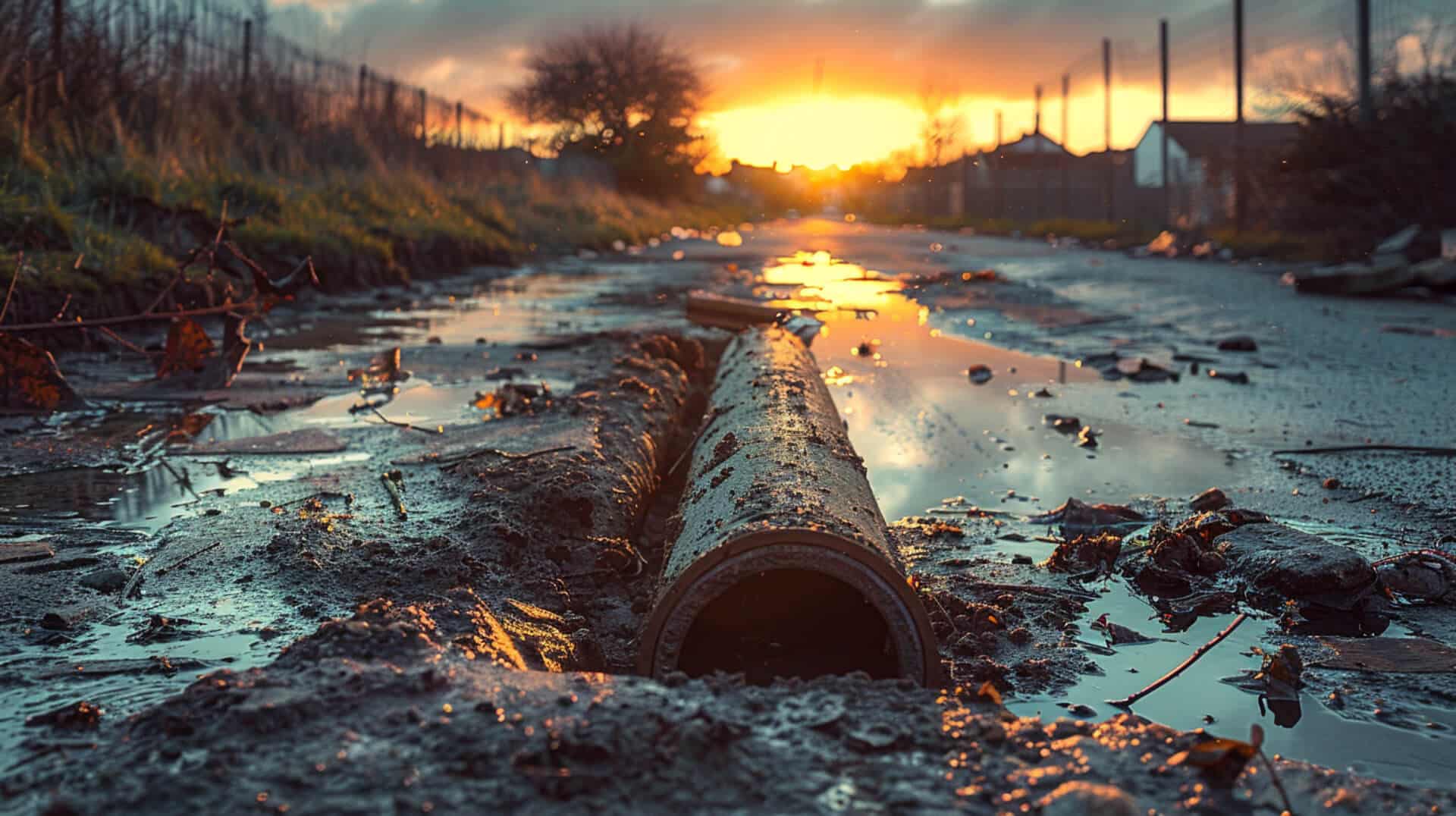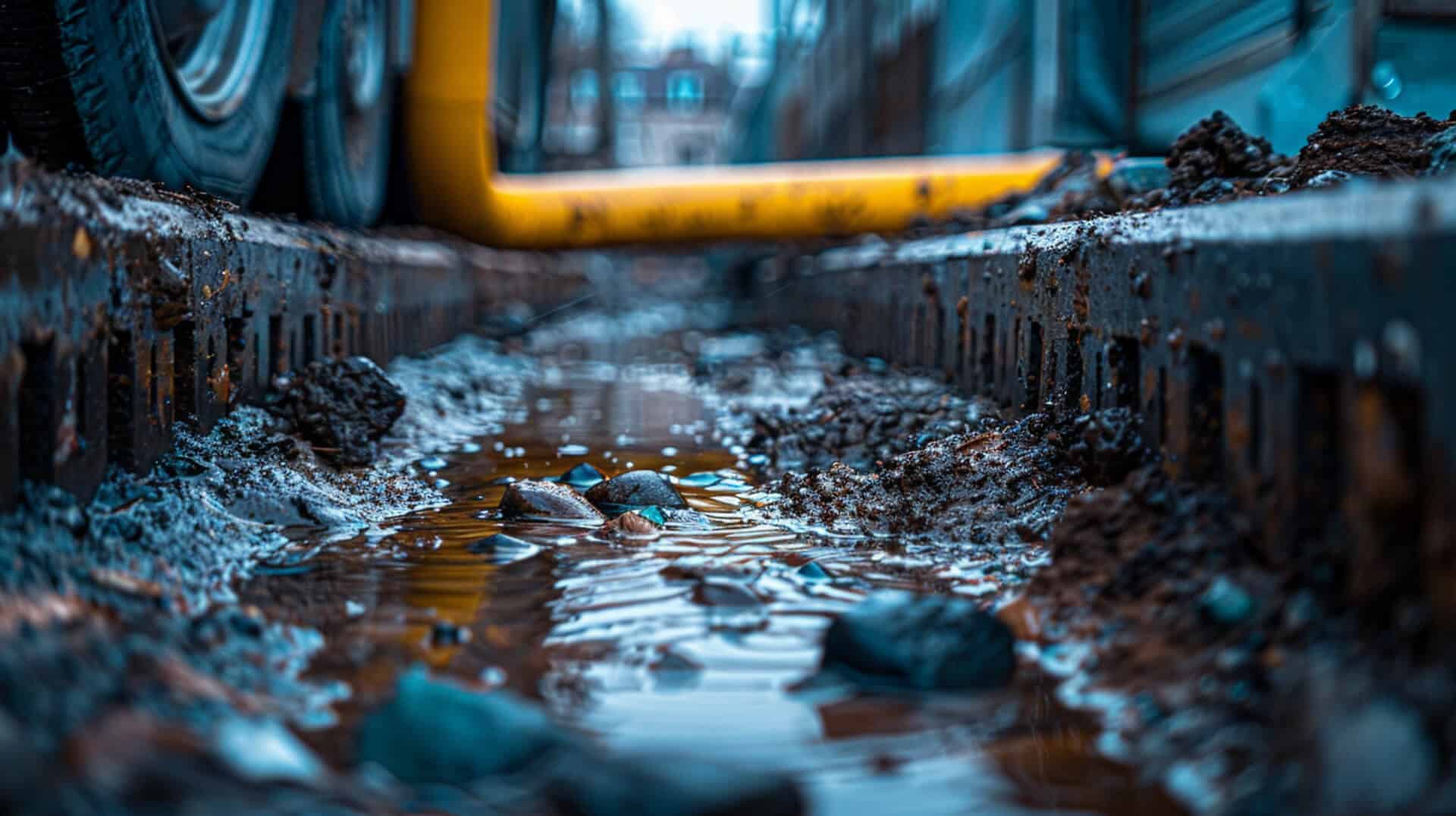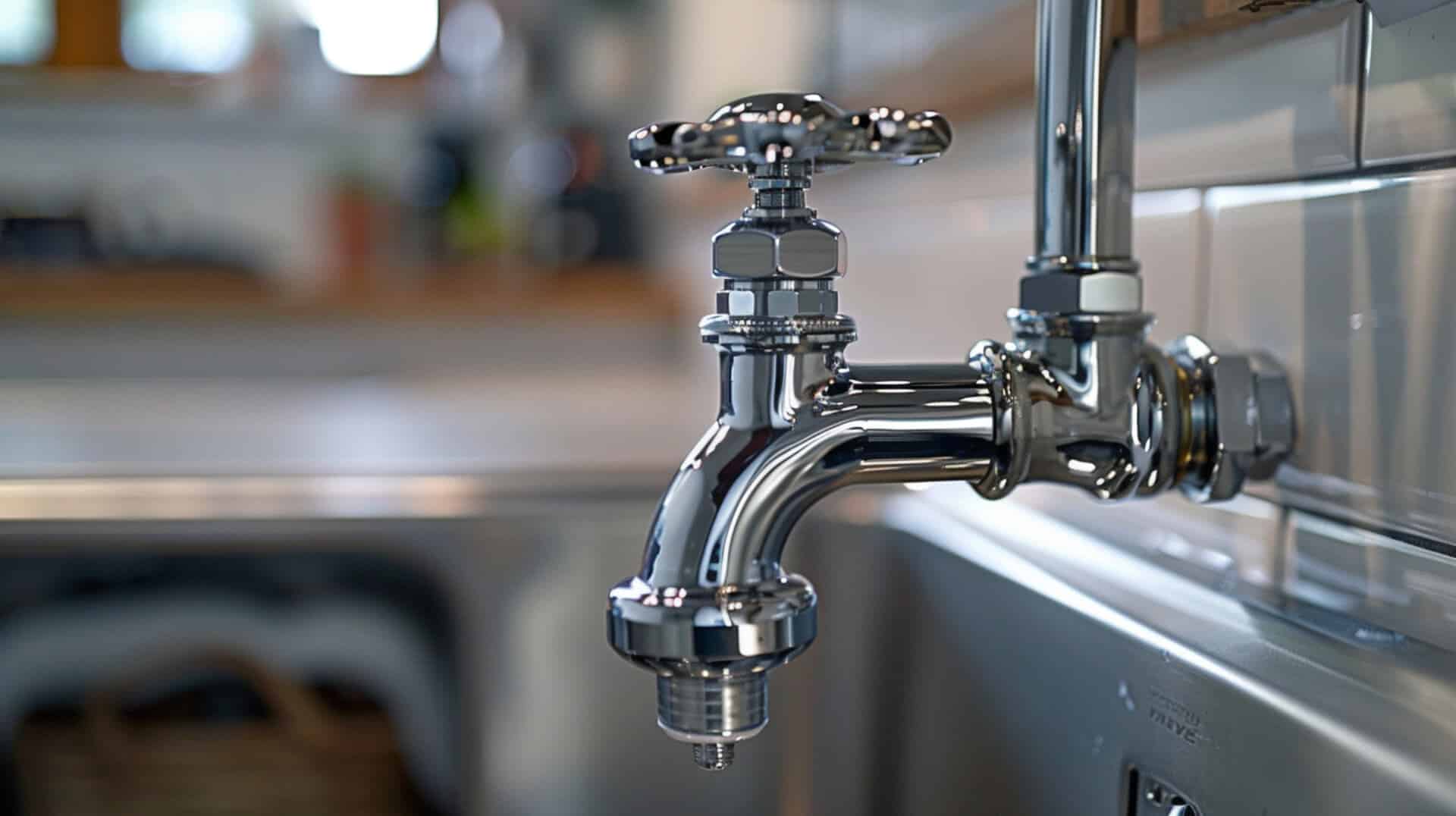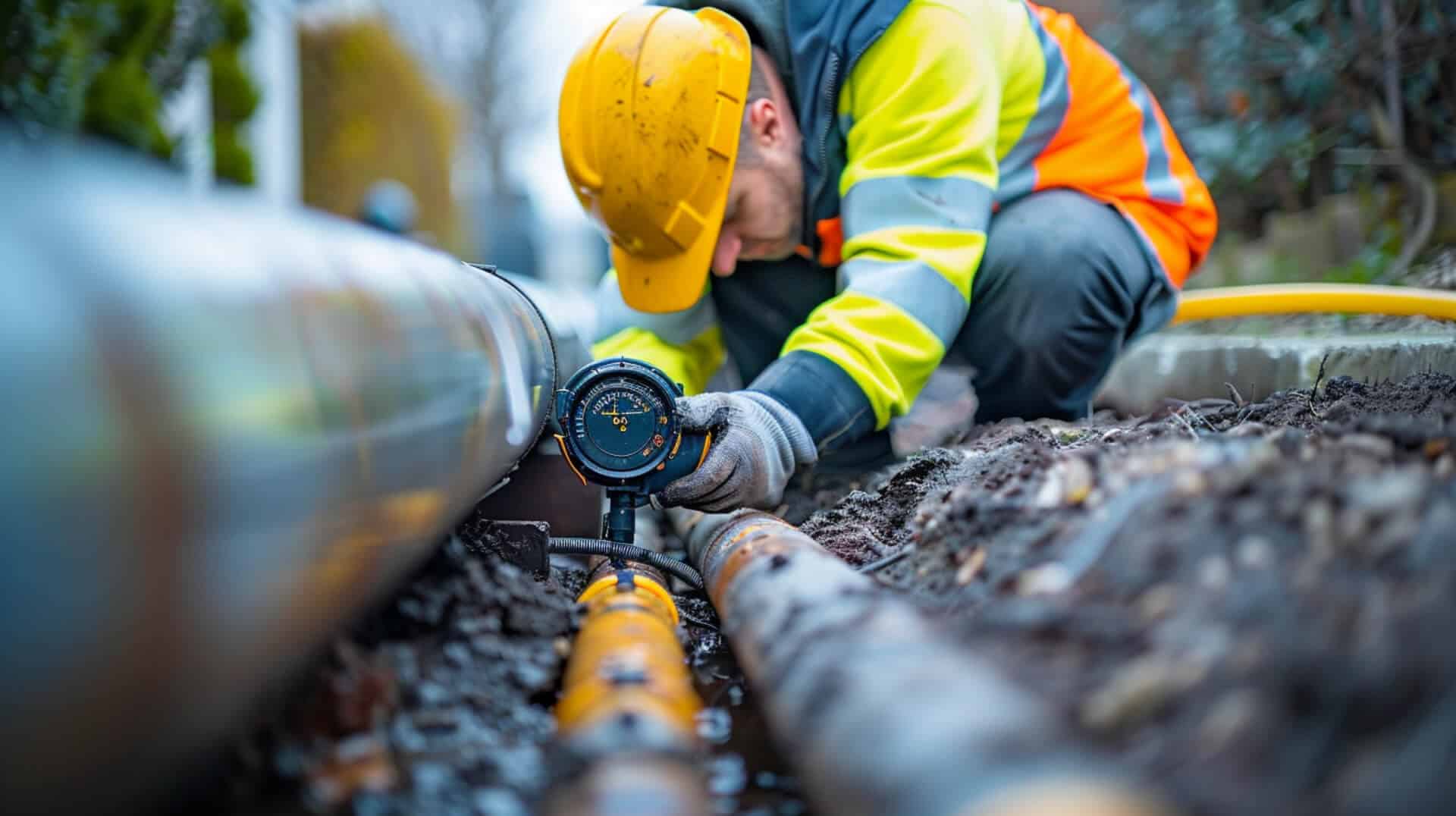 What Equipment Is Needed For Drain Sediment And Debris Analysis
What Equipment Is Needed For Drain Sediment And Debris Analysis
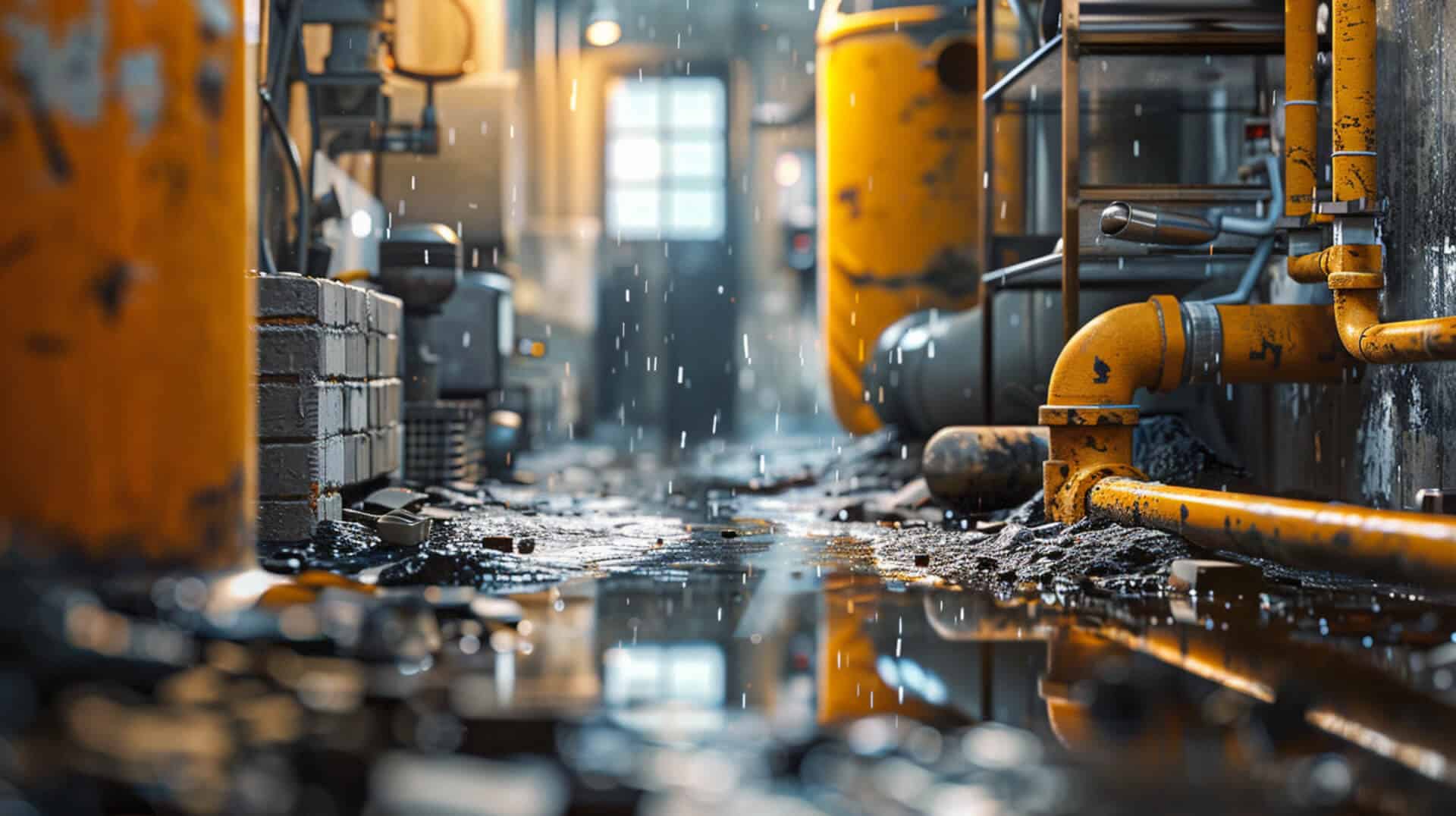
Understanding the significance of sediment and debris analysis in drainage systems is paramount for maintaining water quality and infrastructure integrity. This process is not only crucial for environmental health but also for the operational efficiency of drainage systems which property owners, business owners, and facility managers rely upon.
The Impact on Water Quality and Infrastructure
Sediment and debris can have profound effects on water quality, potentially introducing pollutants and disrupting aquatic ecosystems. Additionally, the accumulation of these materials can lead to blockages and damage to infrastructure, resulting in costly repairs and downtime.
Benefits for Stakeholders
For those managing properties and facilities, conducting regular sediment and debris analysis is essential. It helps in preempting potential issues, ensuring compliance with environmental regulations, and maintaining the longevity of drainage systems.
Equipment Needs for Effective Analysis
This guide will delve into the necessary equipment for thorough drain sediment and debris analysis. It will cover the tools required to collect, separate, and assess sediment and debris, ensuring that you are equipped with the knowledge to choose the right equipment for accurate analysis.
Understanding the Basics: What Constitutes Sediment and Debris?
When you’re tasked with the analysis of sediment and debris in drainage systems, it’s essential to recognise the variety of materials you may encounter. Sediment and debris can broadly be categorised into organic and inorganic matter.
Common Types of Sediment and Debris
Drains often accumulate a mix of materials, including:
- Organic Matter: Leaves, twigs, and biological residues.
- Inorganic Matter: Sand, silt, plastics, and metals.
Each type of material can influence the choice of analysis methods and equipment.
Impact on Analysis Methods
The nature of sediment and debris affects the analytical approach:
- Organic Materials: May require specialised samplers to prevent decomposition.
- Inorganic Materials: Often necessitate robust sieving equipment to separate and analyse.
Importance of Differentiation
Distinguishing between organic and inorganic materials is crucial because:
- It informs the selection of appropriate preservation and analysis techniques.
- It helps in understanding the potential environmental impact of the sediment.
Influence on Equipment Selection
The composition of sediment and debris directly impacts equipment selection:
- Fine Sediments: Require finer sieves, such as 63-micron mesh, for separation.
- Larger Debris: May be collected with larger, 2.0-mm sieves or guillotine samplers.
By understanding the types of materials present in your drainage system, you can select the most effective equipment and methods for your sediment and debris analysis, ensuring accurate and reliable results.
Essential Equipment for Collecting Samples
In the process of drain sediment and debris analysis, selecting the right sampling equipment is pivotal. The choice of tools can significantly affect the accuracy and efficiency of your analysis.
Types of Samplers for Sediment Collection
For sediment collection, the Guillotine Sampler is a commonly used tool. It is designed to collect samples from specific layers within the sediment bed, which is essential for analysing stratification and pollutant levels.
Role of Sieves in Debris Analysis
Sieves are integral to the separation process. 63-micron sieves are fine enough to philtre out small particles, while 2.0-mm sieves are used to remove larger debris. This size differentiation is crucial for a detailed analysis of sediment composition.
Teflon Samplers for Organic Contaminants
Teflon Samplers are recommended when dealing with organic contaminants. Their non-reactive nature ensures that samples are not contaminated or altered during the collection process, providing you with reliable data for analysis.
Equipment Variation Based on Sampling Site and Sediment Type
The selection of equipment varies depending on the sampling site and the type of sediment. For instance, in areas with high organic content, Teflon samplers would be preferred, while guillotine samplers might be more suitable for layered sediment beds. The choice of sieves is dictated by the particle size you aim to analyse, ensuring that the collected samples are representative of the sediment present in your drainage system.
Site Selection and Sampling Methods
Selecting the right sites for sediment and debris sampling is a critical step in water quality assessment. The chosen locations should provide a representative sample of the drainage system being studied.
Criteria for Choosing Sampling Sites
When determining where to collect samples, consider the following:
- Depositional Zones: Areas where sediment accumulates, such as bends in a stream or quiet water zones downstream of structures.
- Accessibility: Sites should be safe and easy to access for personnel and equipment.
- Representativeness: The site should reflect the overall conditions of the area being studied.
Importance of Depositional Zones
Depositional zones play a key role in sample collection because they:
- Accumulate a range of materials, providing a comprehensive sample.
- Are indicative of the sediment transport and deposition patterns within the system.
Effective Sampling Methods
Using specific methods like hydro jetting is important because:
- It dislodges sediment effectively, ensuring a thorough sample is collected.
- It minimises disturbance to the surrounding environment, maintaining the integrity of the sample.
Impact of Sampling Method on Analysis
The method of sampling directly affects the analysis results. For instance, improper sampling can lead to:
- Contamination: Altering the composition of the sample.
- Loss of Material: Leading to an incomplete assessment of sediment and debris.
By carefully selecting sampling sites and employing effective methods, you ensure that the sediment and debris analysis is accurate and reflective of the actual conditions within the drainage system.
Quality Assurance in Sediment Analysis
Ensuring the accuracy of sediment and debris analysis is contingent upon rigorous quality assurance practices. These practices are essential for maintaining the integrity of the sampling process and the reliability of the results.
Best Practices for Equipment Maintenance
Regular cleaning and maintenance of sampling equipment are paramount. Adhering to the following guidelines will help maintain the quality of your samples:
- Post-Use Cleaning: Thoroughly clean all equipment after each use to prevent cross-contamination.
- Scheduled Maintenance: Regularly inspect and service equipment to ensure it functions correctly.
- Storage Conditions: Store equipment in a clean, dry environment to prevent degradation.
Adapting to Local Conditions
Local environmental conditions can significantly influence sediment analysis. To adapt, consider:
- Site-Specific Challenges: Tailor your sampling methods to address unique aspects of the site, such as high flow rates or the presence of specific contaminants.
- Equipment Suitability: Choose equipment that can withstand local conditions, such as corrosion-resistant materials for saline environments.
Importance of Quality Control
Quality control is the cornerstone of reliable analysis. Implementing robust control measures ensures:
- Consistency: Standardised procedures across different sites and times.
- Accuracy: Minimised errors and biases in the sampling and analysis process.
Ensuring Reliability of Analysis Results
To guarantee the reliability of your analysis results, it is crucial to:
- Calibrate Instruments: Regular calibration ensures measurement accuracy.
- Use Controls: Include blank and reference samples to validate analytical methods.
- Document Procedures: Maintain detailed records of all sampling and analysis protocols.
By incorporating these quality assurance measures, you can trust the results of your sediment and debris analysis to be both accurate and consistent, providing a solid foundation for water management and policy decisions.
Advanced Techniques for Sediment and Debris Analysis
In the realm of sediment and debris analysis, advanced techniques such as elemental spectroscopy and various filtration methods play a crucial role in enhancing the precision and efficiency of the process.
Role of Elemental Spectroscopy and Magnetic Flux Analysis
Elemental spectroscopy is employed to identify the composition of wear debris, which is essential for early fault detection in drainage systems. Magnetic flux analysis complements this by quantifying the metallic content, providing a comprehensive understanding of the wear particles present.
Contribution of Filtration Techniques
Microfiltration, nanofiltration, and ultrafiltration are critical in separating fine particles from fluids. These techniques contribute to sediment analysis by:
- Microfiltration: Capturing larger particles, including some types of algae and protozoa.
- Nanofiltration: Removing smaller particles and some organic substances.
- Ultrafiltration: Targeting the finest particles and high molecular weight solutes.
Importance of Advanced Techniques
Advanced techniques are vital for detecting trace elements and organic contaminants because they:
- Offer high precision in identifying and quantifying various substances.
- Provide detailed information on the potential environmental impact of the contaminants.
Improving Accuracy and Efficiency
These advanced methods improve sediment analysis by:
- Reducing the time required for sample preparation and analysis.
- Increasing the reliability of the data collected, leading to better-informed decisions for water management and environmental protection.
By integrating these sophisticated techniques, you can ensure that your sediment and debris analysis is not only thorough but also aligned with the latest standards in environmental assessment.
Safety Measures and Efficiency in Analysis
When conducting sediment and debris analysis, safety is paramount. The correct application of safety measures not only protects personnel but also ensures the integrity of the analysis process.
Implementing Safety Precautions
To safeguard against potential hazards during sediment analysis, adhere to the following precautions:
- Use of Personal Protective Equipment (PPE): Donning appropriate PPE, such as gloves, goggles, and masks, is essential to minimise exposure to harmful substances.
- Application of Caution Tapes: Demarcating hazardous areas with caution tapes helps prevent accidents by clearly signalling areas of potential risk.
Role of PPE in Ensuring Safety
The correct use of PPE serves several critical functions:
- Protection from Contaminants: Prevents direct contact with potentially hazardous materials.
- Reduction of Inhalation Risks: Masks and respirators protect against the inhalation of fine particulate matter.
Importance of Equipment Longevity
Maintaining equipment not only extends its usable life but also contributes to the efficiency of the analysis process by:
- Reducing Downtime: Well-maintained equipment is less likely to fail, ensuring continuous operation.
- Ensuring Consistent Results: Equipment in good condition provides reliable and repeatable analysis outcomes.
Enhancing On-Site Safety with Risk Assessments
Conducting risk assessments is a proactive step towards identifying and mitigating potential dangers:
- Identification of Hazards: Recognising potential risks before they lead to incidents.
- Implementation of Control Measures: Establishing procedures to manage identified risks effectively.
By integrating these safety measures, you ensure a secure environment for conducting sediment and debris analysis, while also promoting the efficiency and accuracy of the results.
Environmental Considerations in Sediment Analysis
Environmental protection is a key concern in the process of sediment and debris analysis. The equipment and techniques used can have a significant impact on ecosystems and water quality.
Minimising Environmental Impact
To minimise the environmental footprint of sediment analysis, environmentally focused equipment is essential. For example:
- Sedimentation Equipment: Devices like the PISTA Grit Chamber are designed to efficiently remove sediment without disrupting the aquatic environment.
- Filtration Systems: The OPTIFLOW 270 Baffle System and similar technologies enhance the removal of fine particles while preserving water quality.
Importance of Sediment and Oil Filtration
Sediment and oil filtration are critical components of environmental protection due to their role in:
- Preventing contaminants from entering water bodies.
- Reducing the risk of pollution and its associated impacts on wildlife and human health.
Benefits of Sustainable Practices
Sustainable practices in sediment analysis contribute to the overall health of water systems by:
- Enhancing the natural filtration capacity of the environment.
- Supporting the biodiversity of aquatic ecosystems.
Addressing Environmental Challenges
During sediment and debris analysis, several environmental challenges must be considered:
- Disturbance to Habitats: Care must be taken to avoid disrupting the habitats of aquatic organisms.
- Disposal of Waste: Ensuring that waste from the analysis process is handled in an environmentally responsible manner.
By prioritising environmentally friendly techniques and equipment, you can ensure that your sediment analysis practices contribute positively to the preservation and enhancement of water quality and ecosystem health.
Maintenance and Prevention Strategies for Sediment Analysis Equipment
Maintaining the integrity of sediment analysis equipment is essential for obtaining accurate and reliable data. Regular cleaning and upkeep are critical components of quality control in environmental monitoring.
Regular Cleaning and Maintenance
It is recommended that sediment analysis equipment be cleaned and maintained after each use. This practice ensures that:
- Contaminants from previous samples do not affect subsequent analyses.
- The functionality and precision of the equipment are preserved.
Importance of Routine Maintenance
Routine maintenance is vital for several reasons:
- It extends the lifespan of the equipment, reducing the need for frequent replacements.
- It prevents the occurrence of false positives or negatives in analysis results.
Vegetation Management and Winter Preparations
Effective vegetation management and winter preparations are part of a proactive maintenance strategy. These measures include:
- Vegetation Control: Regular removal of plant growth that may obstruct sampling sites or damage equipment.
- Winterization: Protecting equipment from freezing temperatures and ensuring it is operational during colder months.
Enhancing Analysis Outcomes
Adherence to maintenance and prevention strategies significantly improves the outcomes of sediment and debris analysis by:
- Ensuring consistent sample quality over time.
- Reducing the risk of equipment failure during critical monitoring periods.
By implementing these strategies, you can maintain the high standards necessary for environmental analysis and contribute to the ongoing efforts to protect water quality and ecosystem health.
Innovations in Equipment for Sediment and Debris Analysis
The field of sediment and debris analysis is continually evolving, with new technologies enhancing the precision and efficiency of these processes.
Cutting-Edge Tools and Techniques
Recent advancements in equipment include:
- Automated Samplers: Devices that provide consistent sample collection with minimal human intervention.
- High-Resolution Imaging: Technologies that offer detailed visualisation of sediment particles for more accurate characterization.
The Role of Community Engagement
Community engagement and industry exhibitions play a vital role in the advancement of sediment analysis techniques by:
- Facilitating the exchange of knowledge and experiences among professionals.
- Showcasing innovative products and methodologies that can improve analysis workflows.
Staying Informed on Industry Developments
Keeping abreast of industry news and offers is crucial because it allows you to:
- Access the latest tools and resources that can streamline sediment analysis tasks.
- Adopt best practices that enhance the accuracy of your analysis results.
Enhancements Brought by Technological Progress
Innovations in sediment analysis equipment contribute to the field by:
- Reducing the time and labour required for sample collection and analysis.
- Increasing the reliability of data, which is essential for informed decision-making in water management and environmental protection.
By embracing these innovations, you can ensure that your sediment and debris analysis practices remain at the forefront of environmental monitoring techniques.
Addressing Challenges in Sediment and Debris Analysis
Conducting sediment and debris analysis can present various challenges that may affect the accuracy and reliability of the results. Understanding these challenges is the first step toward finding effective solutions.
Common Challenges in Analysis
During sediment and debris analysis, you may encounter issues such as:
- Adapting to Local Conditions: Each sampling site has unique characteristics that can influence the choice of equipment and methods.
- Equipment Cleaning: Ensuring that samplers and sieves are free from contaminants is essential for preventing cross-contamination.
- Quality Control: Maintaining a high standard of analysis to avoid false positives or negatives.
Adapting to Local Conditions
To adapt equipment and techniques to local conditions, consider:
- Site-Specific Equipment: Use tools that are designed for the particular types of sediment and debris in your area.
- Customised Methods: Tailor your sampling approach to address the specific challenges of the site, such as varying water flow rates or sediment composition.
Importance of Accurate Analysis
Addressing false positives and negatives is crucial because:
- They can lead to incorrect conclusions about the level of contamination or the effectiveness of remediation efforts.
- They affect the credibility of the analysis and can have significant implications for water management policies.
Solutions for Equipment and Quality Control
To overcome equipment cleaning and quality control challenges:
- Regular Maintenance: Establish a routine for cleaning and inspecting equipment after each use.
- Standardised Protocols: Develop and follow standardised procedures for sample collection and analysis to ensure consistency.
By addressing these challenges with thoughtful solutions, you can enhance the accuracy and reliability of your sediment and debris analysis, contributing to better-informed environmental management decisions.
Key Considerations for Sediment and Debris Analysis Equipment
Selecting the appropriate equipment is a cornerstone of effective drain sediment and debris analysis. This guide has outlined the essential tools and techniques necessary for property owners, business owners, and facility managers to conduct thorough assessments of their drainage systems.
Essential Equipment for Effective Analysis
The equipment needs for sediment and debris analysis are diverse, yet each plays a specific role in ensuring accurate results:
- Samplers: Guillotine samplers and Teflon samplers are crucial for collecting representative samples without contamination.
- Sieves: Different micron-sized sieves are necessary to separate sediment based on particle size.
- Filtration Techniques: Advanced filtration methods like microfiltration and ultrafiltration help in identifying fine particles and contaminants.
Benefits for Stakeholders
By utilising the recommended equipment and adhering to quality assurance practices, stakeholders can:
- Gain accurate insights into the condition of their drainage systems.
- Make informed decisions regarding maintenance and environmental compliance.
- Enhance the safety and longevity of their infrastructure.
Anticipating Future Developments
The field of sediment and debris analysis is continuously advancing. Stakeholders can expect:
- Technological Advancements: New equipment and techniques that offer greater precision and efficiency.
- Environmental Focus: Continued emphasis on sustainable practices and minimising ecological impact.
By staying informed and adapting to these developments, stakeholders can ensure their sediment and debris analysis practices remain effective and relevant.

